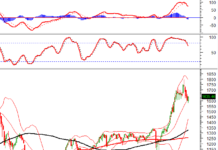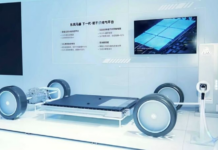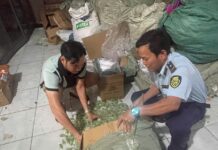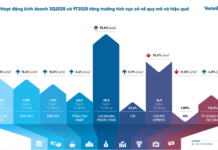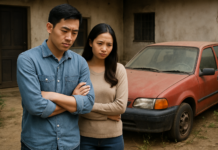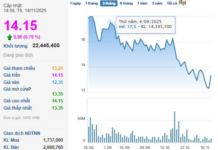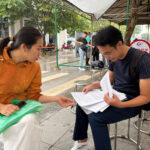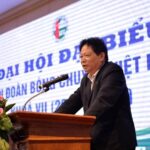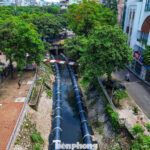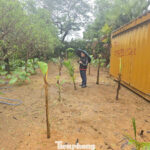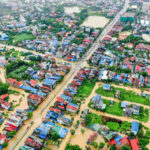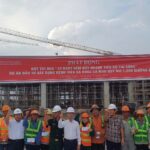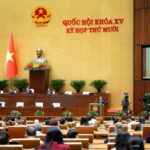
The Kiều Mai Resettlement Area project (Xuân Phương Ward, Hanoi) was approved in 2004, covering a total area of over 12.2 hectares. The entire construction area within the plan is divided into 15 plots, with 7 plots (labeled CT1 to CT7) designated for the construction of 7 high-rise apartment buildings to accommodate 3,000 residents.
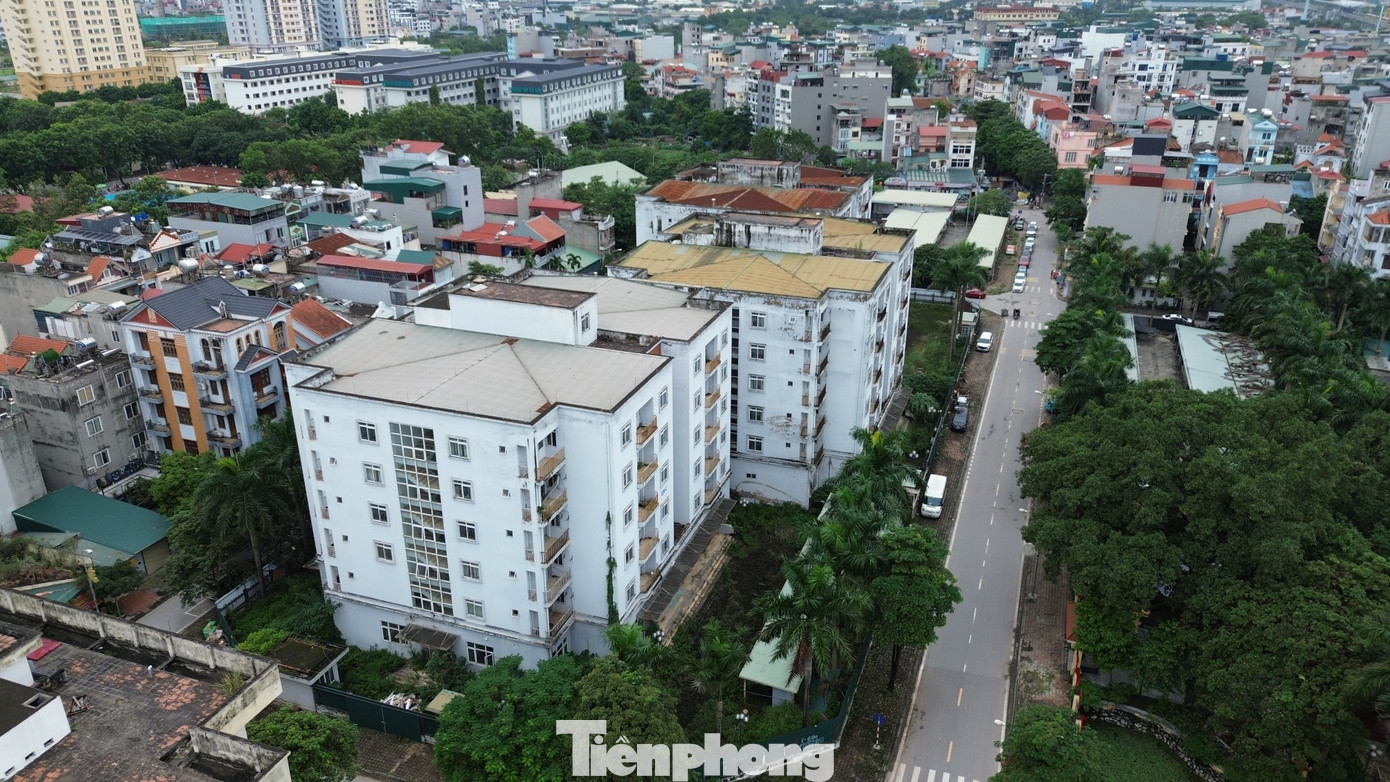
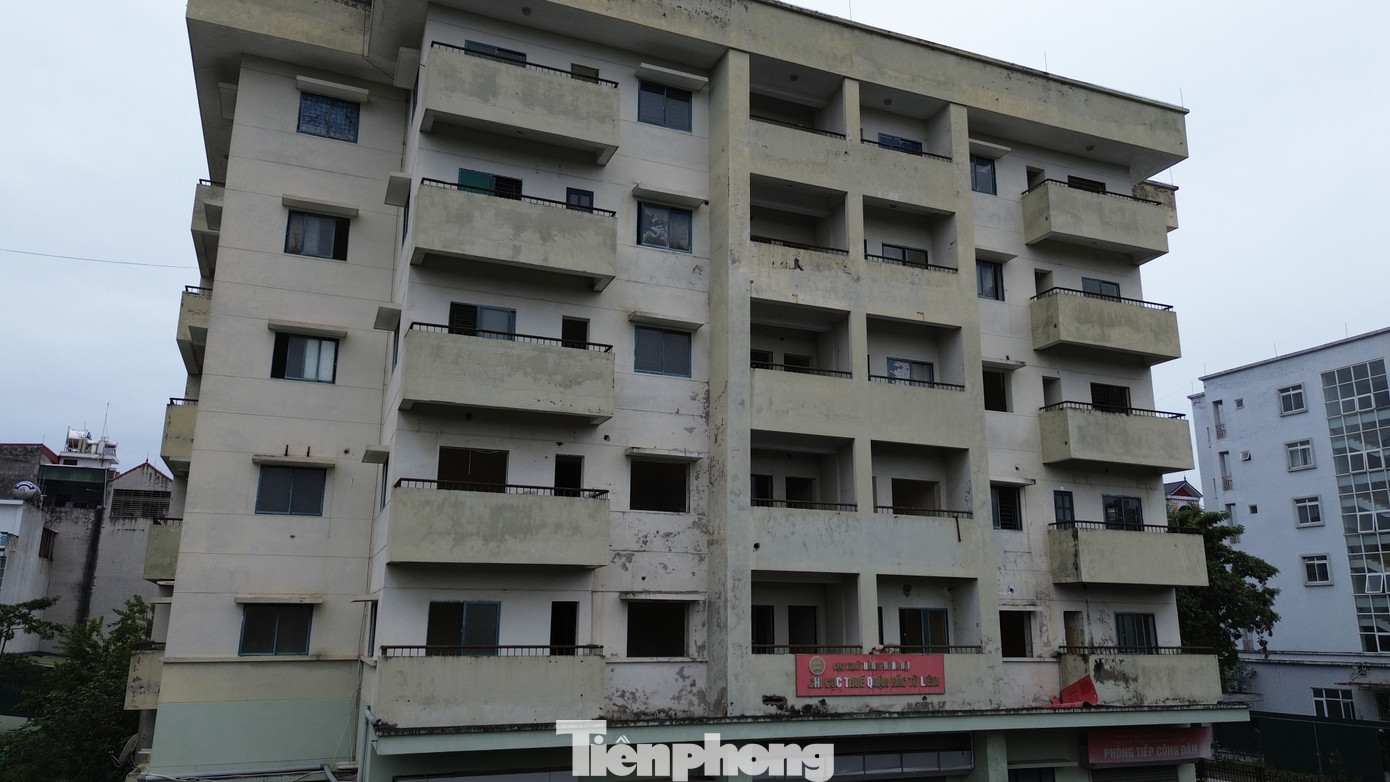
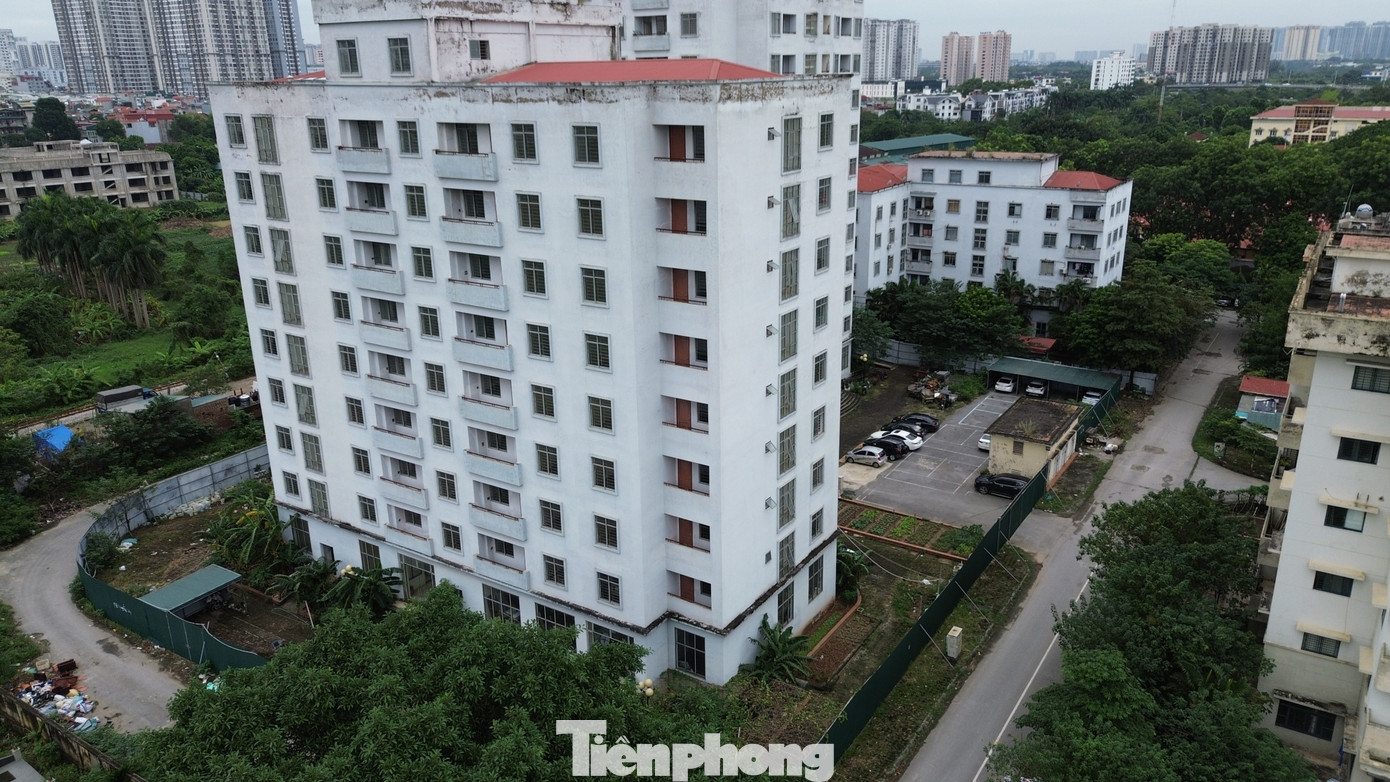
In 2013, the high-rise buildings of the resettlement area were completed. However, to date, this resettlement area remains unoccupied. From 2014 to 2021, four buildings were used as headquarters for the District Party Committee, People’s Council, People’s Committee, and other agencies and units of Bắc Từ Liêm District.
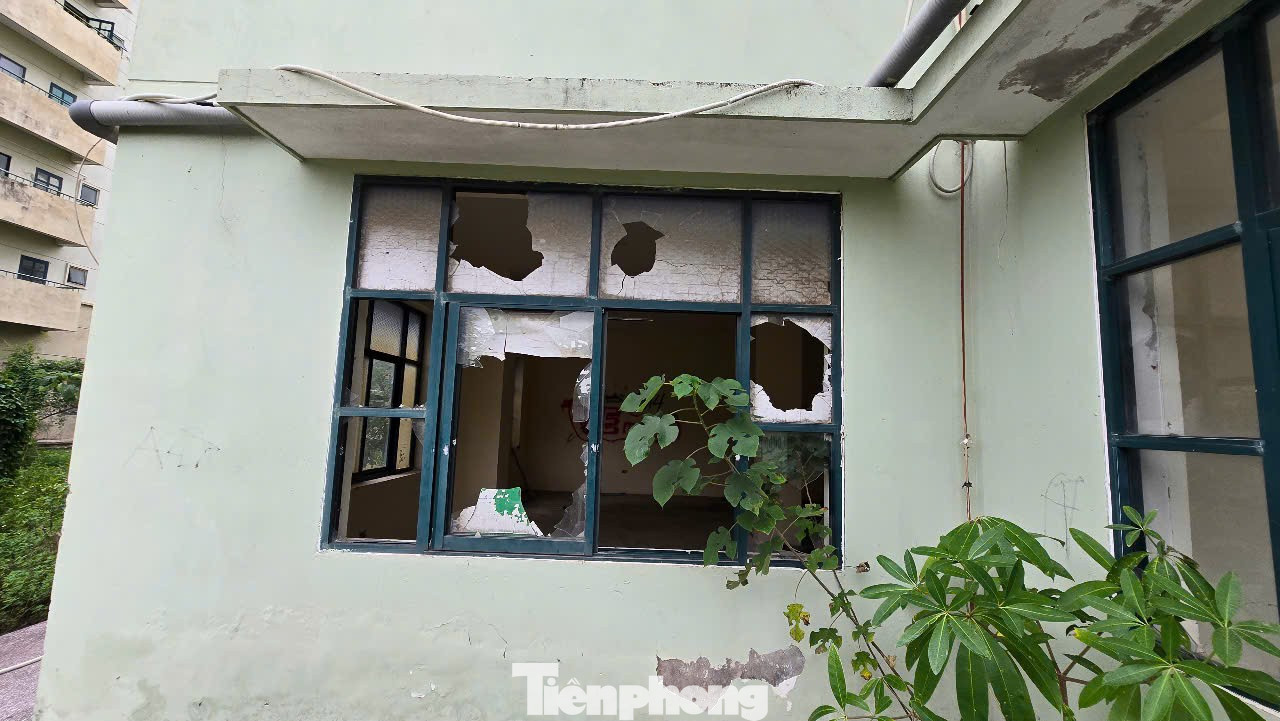

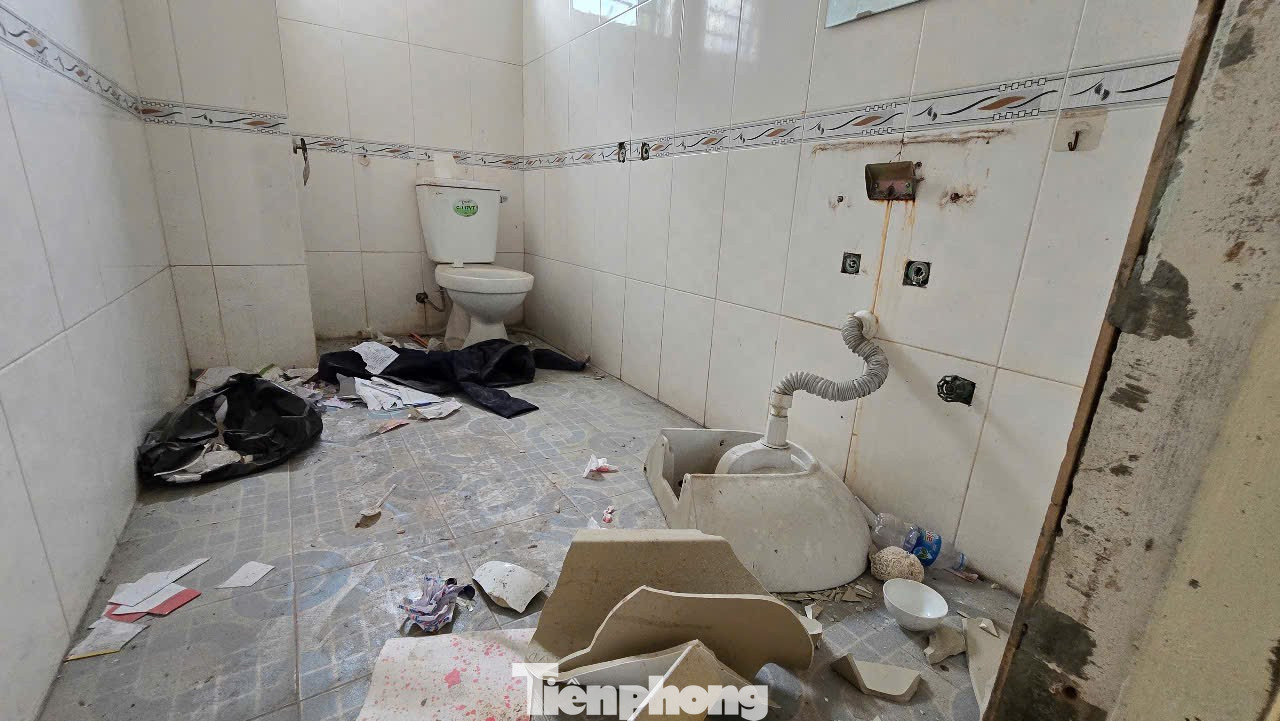
As observed on November 11, the exteriors of the buildings are enclosed with corrugated iron, and the lawns are overgrown with weeds. Inside, the apartments are severely deteriorated, with broken glass doors, moldy walls, and heavily damaged bathrooms due to lack of maintenance.
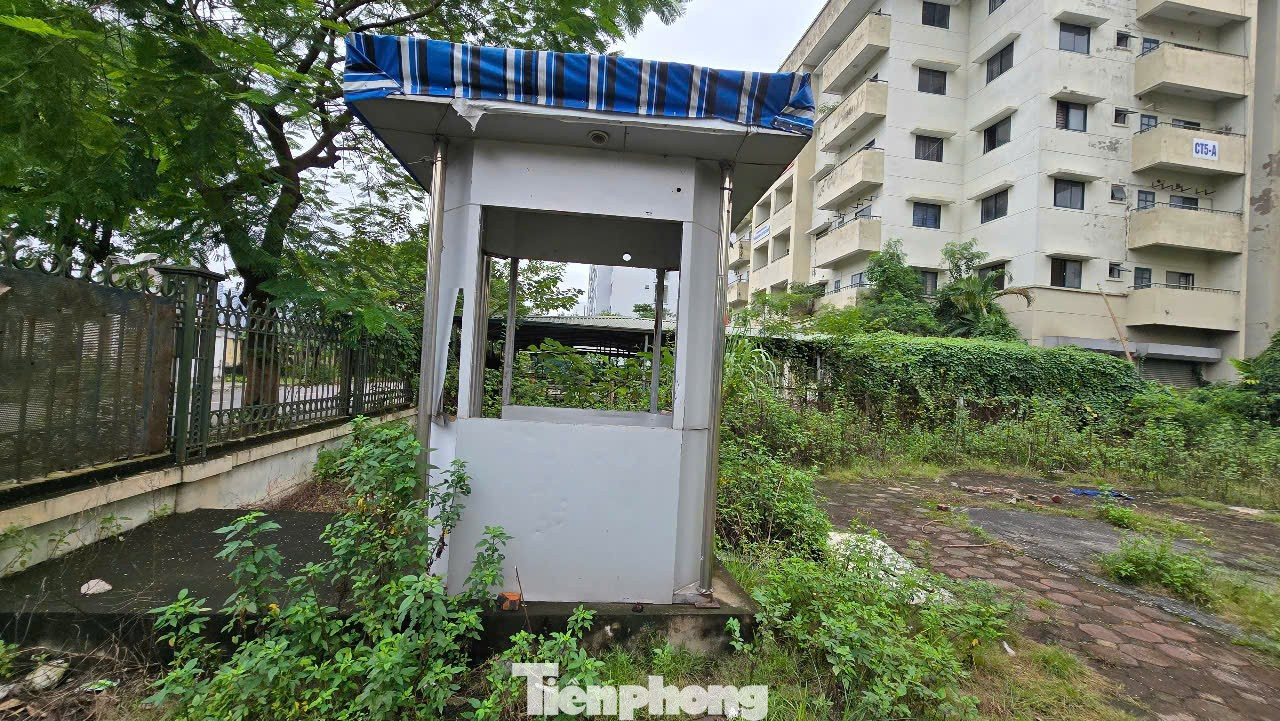
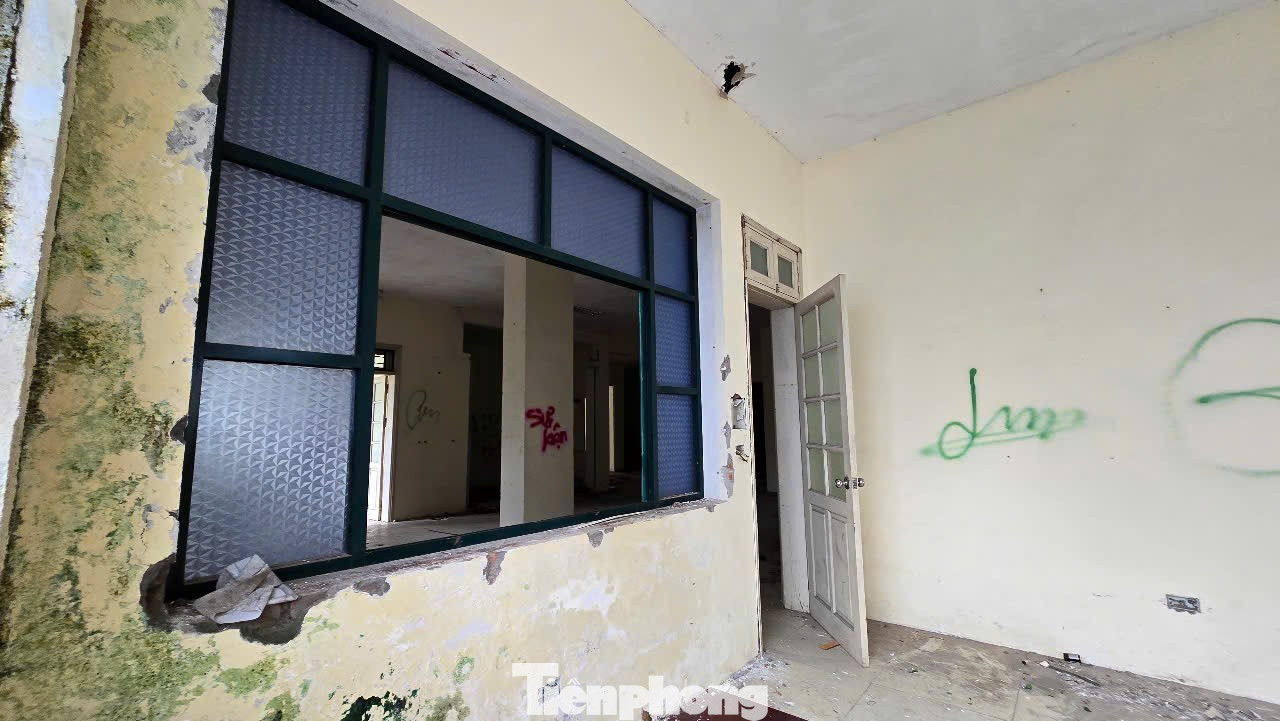
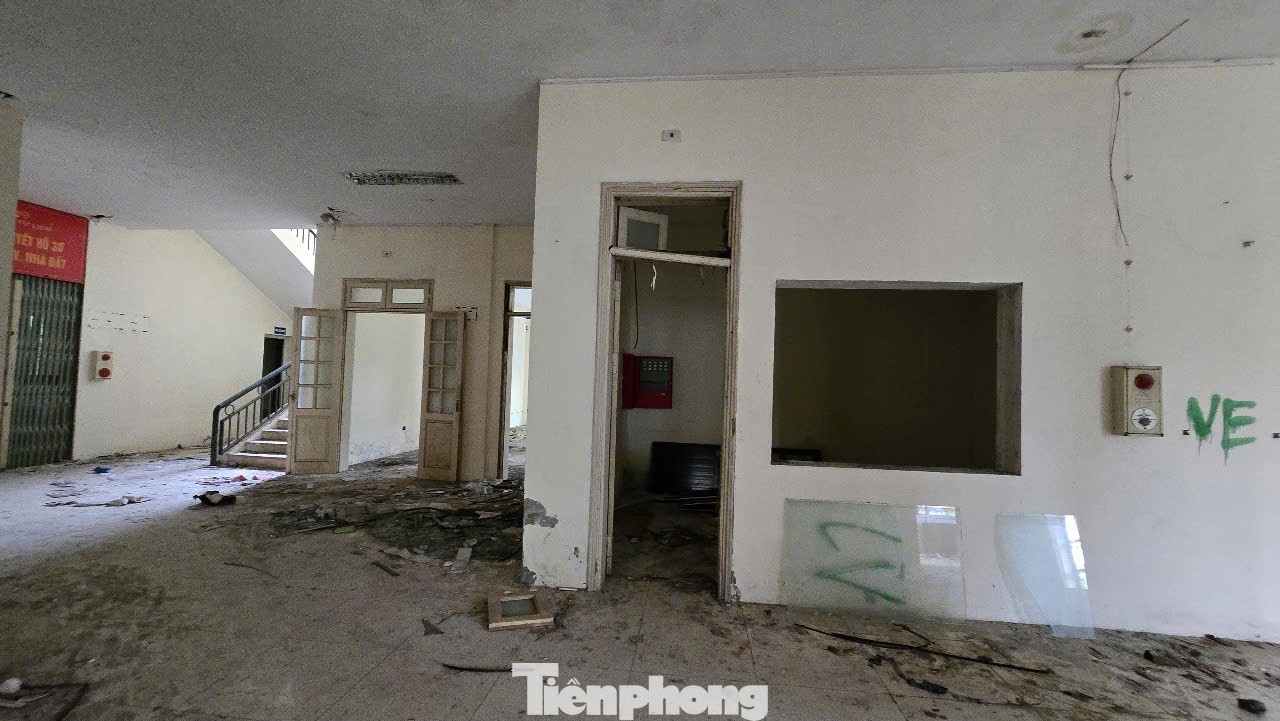

At building CT5, weeds are rampant; windows and doors are cracked, metal frames are rusted, and garbage is piled up.
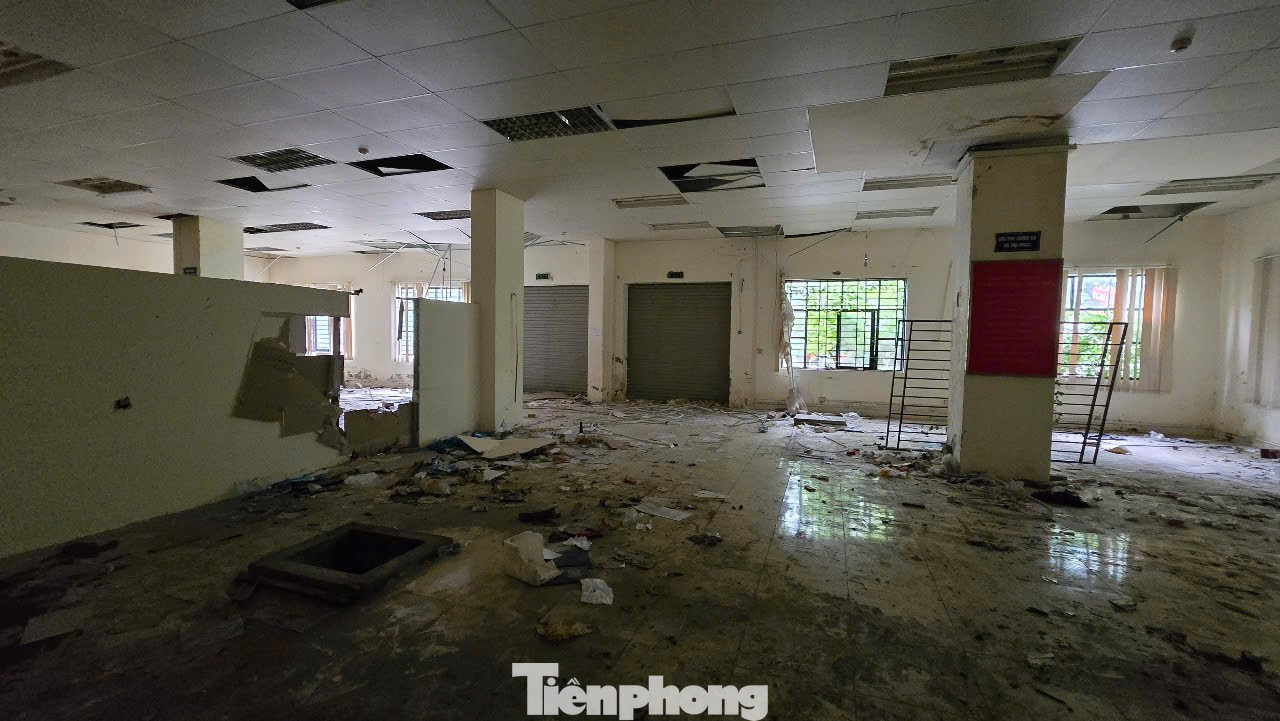
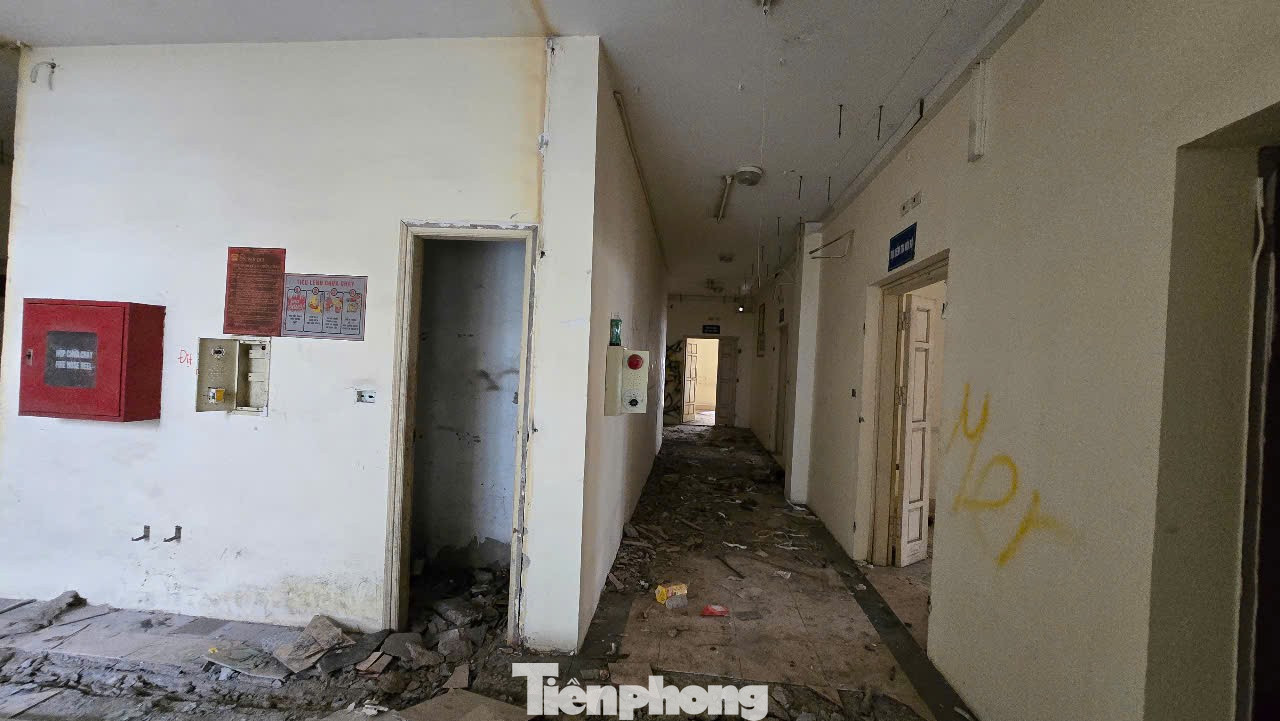
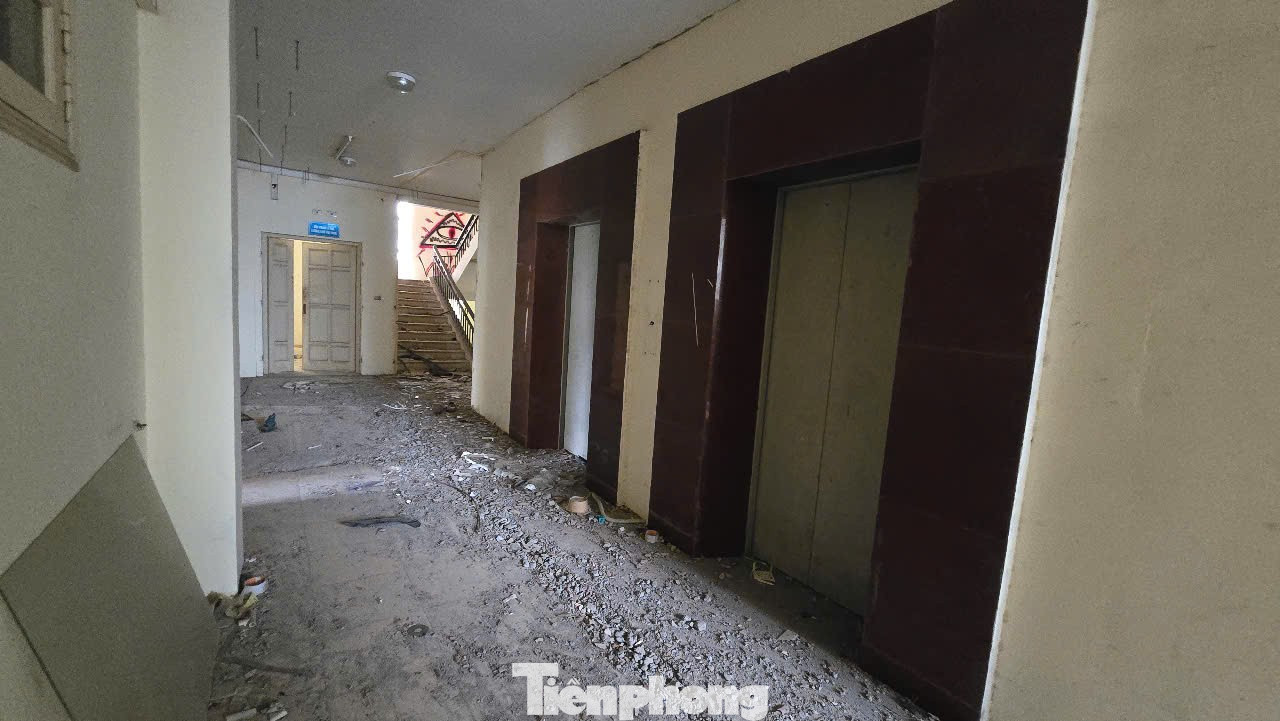
Mrs. Trần Thị Thảo, a resident living near the resettlement area, shared that every time she passes by, she and other residents feel deeply saddened. Hundreds of apartments have been abandoned for years, while many people are homeless and waiting in long lines to register for social housing. “If the city doesn’t use this resettlement area, it should be converted into social housing for sale or rent, rather than letting it go to waste like this,” Mrs. Thảo suggested.
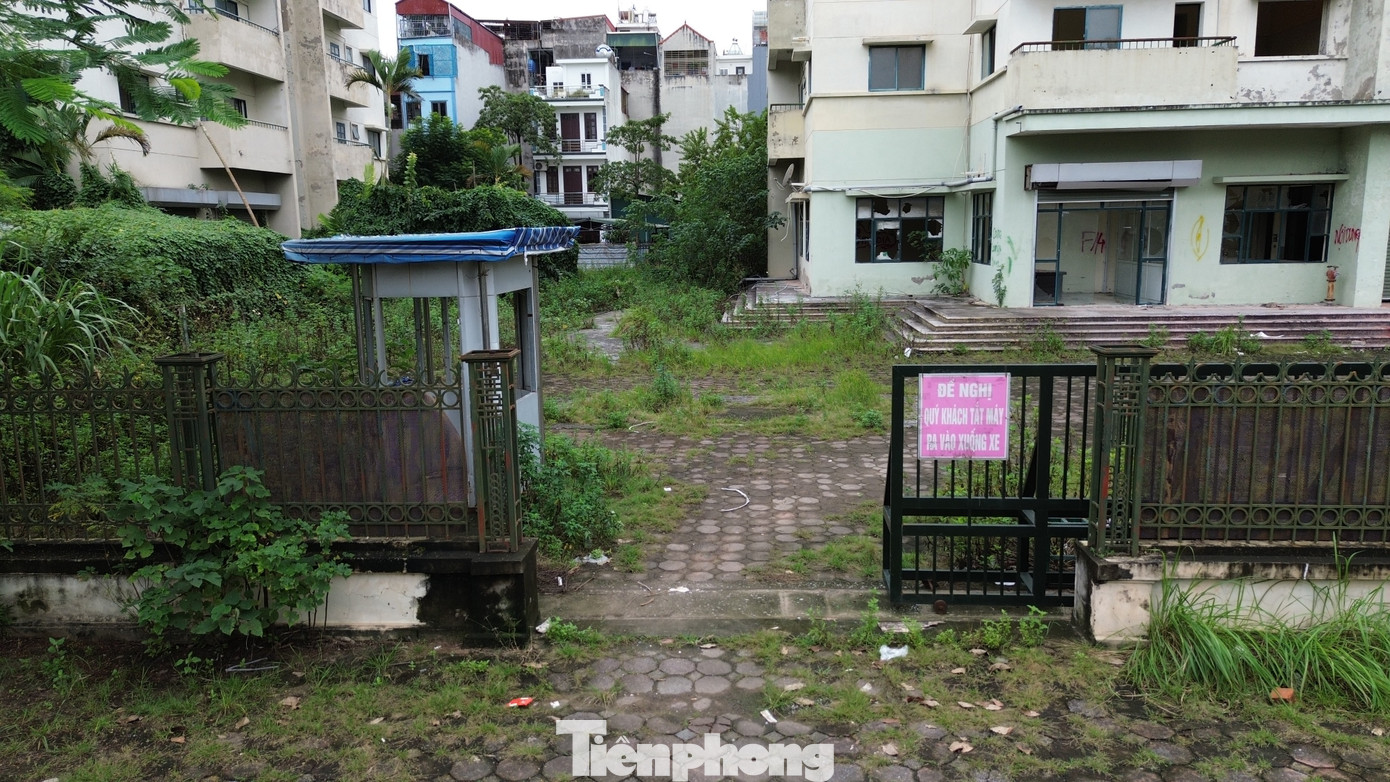
The People’s Committee of Xuân Phương Ward stated that they have reviewed the files and inspected the actual conditions of the resettlement area. Subsequently, the Ward People’s Committee will report and propose to the Hanoi People’s Committee to consider and direct the proper use of the buildings to avoid waste and reduce environmental pollution.
Unlocking Affordable Housing Development: Addressing Critical Challenges
According to experts, social housing policies can only be effective when Vietnam establishes a transparent market mechanism, adopts modern digital management and governance practices, and genuinely encourages business participation. Without these measures, the dream of stable housing for millions remains elusive.
Landmark $200 Million Duc Giang Chemical Real Estate Project Approved After 5-Year Wait
Nestled in the heart of Viet Hung Ward, Hanoi, this expansive 47,470 m² development at 18, Alley 44, Duc Giang Street, offers a harmonious blend of modern living and convenience. Featuring 60 elegant townhouses, a high-rise residential complex with 880 apartments, a 1.1-hectare school, and a comprehensive array of commercial, sports, and recreational facilities, it’s designed to elevate your lifestyle.
“Century-Old Landmark in Hanoi, Once Built by 8,300 Workers with Unprecedented Technology, Set for Major Upgrade”
The Hanoi Department of Construction has approved a $5.4 million upgrade project, marking a significant investment in the city’s infrastructure development.

